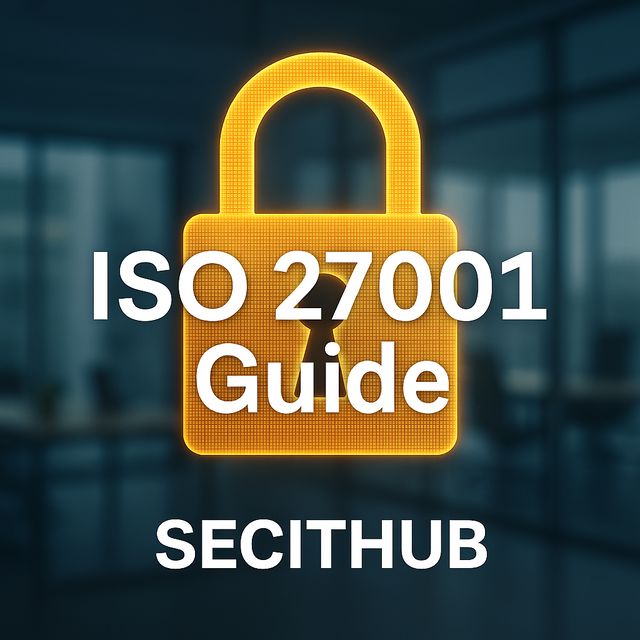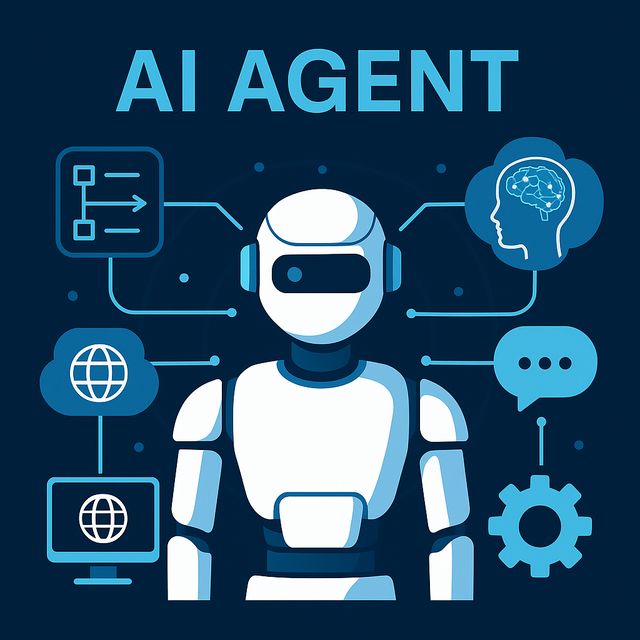The Evolving Threat Landscape
Recent developments in cybersecurity have underscored the growing risks associated with application security, as attackers continue to exploit vulnerabilities in enterprise applications, APIs, and cloud environments. With the proliferation of zero-day exploits and API-based attack vectors, organizations are facing an increasingly sophisticated threat landscape that demands proactive security measures.
A recent study by Veracode revealed that over 76% of applications contain at least one security flaw, with nearly a quarter of them classified as high-severity vulnerabilities. These security gaps highlight the urgent need for enterprises to implement robust security strategies that extend beyond traditional perimeter defenses. Threat actors are leveraging automation, artificial intelligence, and advanced exploitation techniques to target applications, requiring organizations to shift toward a more comprehensive and proactive security posture.

API Security and Third-Party Integrations
One of the biggest challenges facing modern applications is the rapid adoption of cloud-based infrastructures and third-party integrations. APIs now represent more than 83% of internet traffic, making them a lucrative target for cybercriminals. Vulnerabilities in API authentication, authorization misconfigurations, and weak encryption standards have led to numerous data breaches in recent years. To combat these risks, organizations must enforce strong authentication mechanisms such as OAuth 2.0, leverage API security gateways, and continuously monitor API traffic for anomalies.
Cloud Security and Misconfigurations
Another pressing concern is the security of applications deployed within multi-tenant cloud environments. Cloud misconfigurations have been responsible for some of the largest breaches in history, exposing sensitive data and disrupting business operations. Security teams must adopt Cloud Security Posture Management (CSPM) solutions to detect and mitigate misconfigurations, enforce strict identity access management (IAM) policies, and implement zero-trust security frameworks that verify every access request.

Supply Chain Vulnerabilities and Open-Source Risks
Beyond misconfigurations and API vulnerabilities, software supply chain security has emerged as a critical concern. Many modern applications rely on open-source components, which can introduce exploitable weaknesses if not properly managed. Supply chain attacks, such as the SolarWinds incident, have demonstrated the potential for widespread disruption when attackers inject malicious code into trusted software dependencies. Organizations must implement Software Bill of Materials (SBOM) tracking, conduct rigorous third-party risk assessments, and enforce code-signing mechanisms to verify the integrity of software components.
Continuous Monitoring and Threat Intelligence
Effective application security also requires continuous monitoring and rapid response to emerging threats. Security Information and Event Management (SIEM) solutions, combined with Endpoint Detection and Response (EDR) tools, provide real-time visibility into application behaviors, helping security teams detect and mitigate threats before they escalate. AI-powered behavioral analytics further enhance threat detection by identifying anomalous activities indicative of malicious intent.
Building a Security-First Culture
The human factor remains one of the most significant contributors to application security risks. Secure software development practices, such as input validation, error handling, and secure coding techniques, can drastically reduce the likelihood of exploitable vulnerabilities. Regular security training for developers, penetration testing, and red team/blue team exercises ensure that security remains an integral part of the software development lifecycle.
A Multi-Layered Security Approach
Application security is no longer a secondary concern it is a critical component of enterprise risk management. Organizations must adopt a multi-layered security strategy that encompasses secure development practices, real-time monitoring, regulatory compliance, and automated threat response. By prioritizing security at every stage of the application lifecycle, enterprises can safeguard sensitive data, maintain regulatory compliance, and build resilience against the ever-evolving cyber threat landscape.

References
A Guidance Framework for Building an Application Security Program – GARTNER
Secure & accelerate applications with Cloudflare


